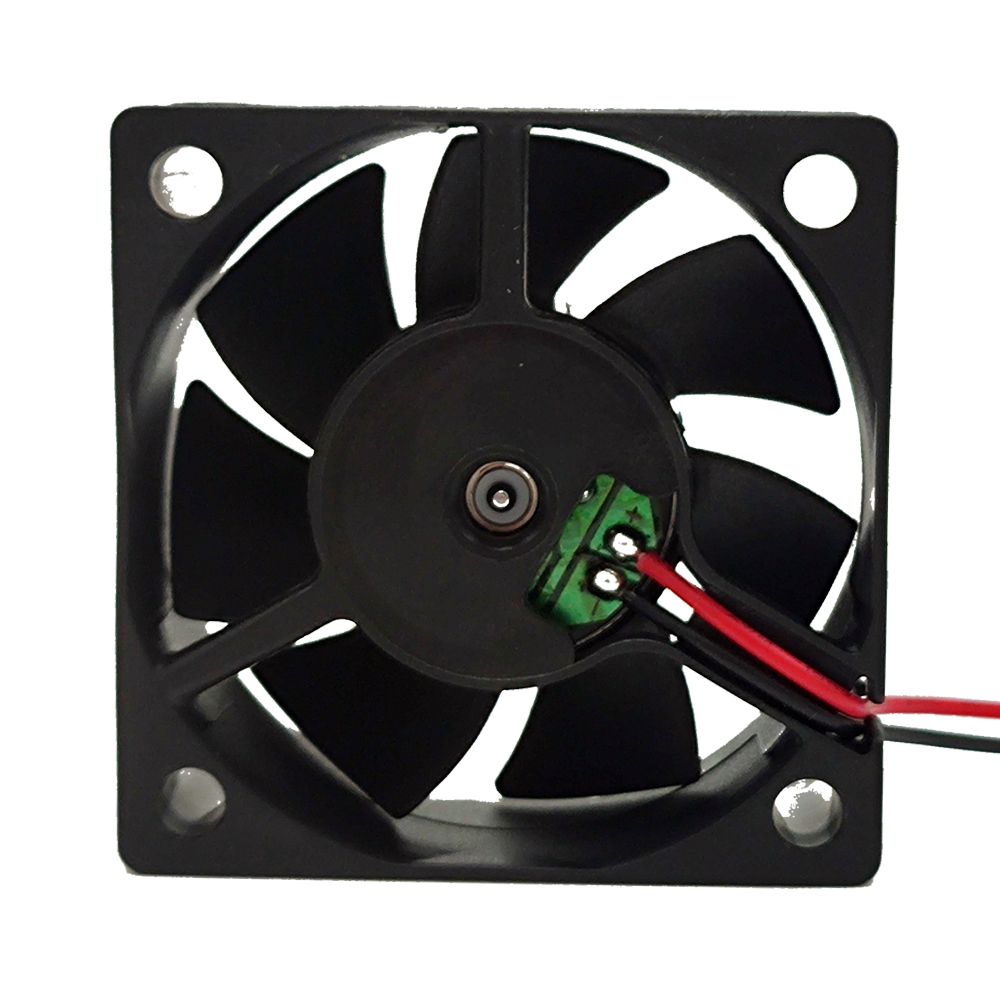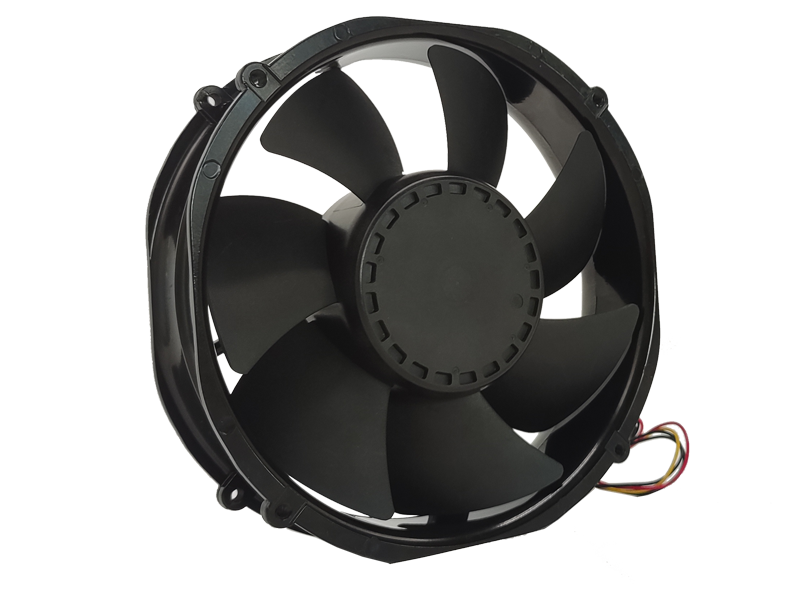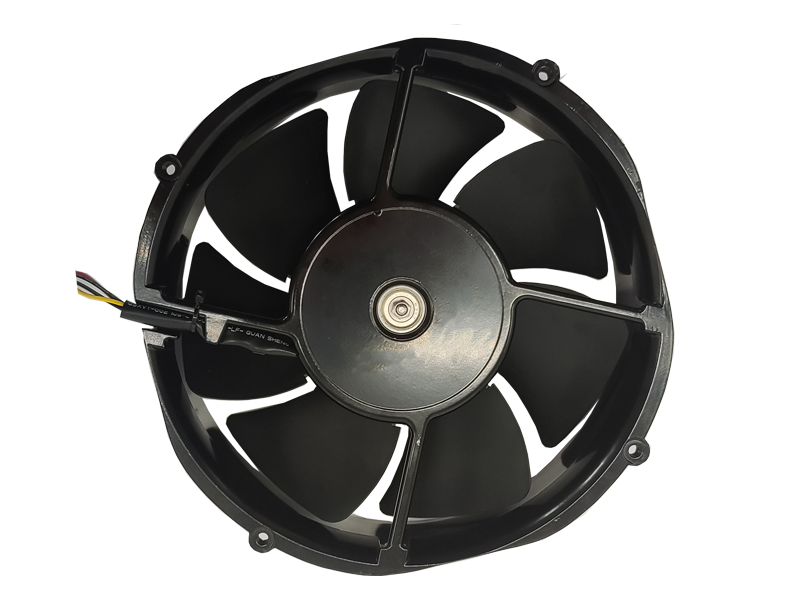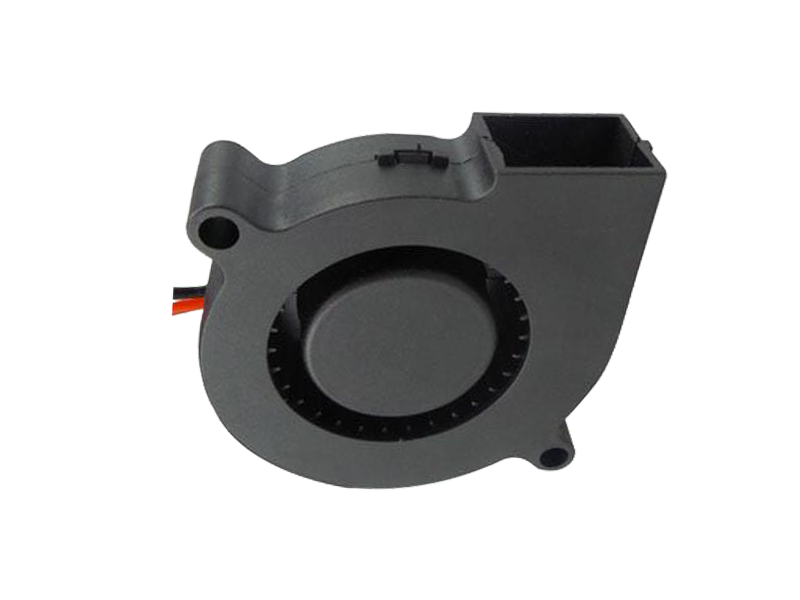In the vast landscape of industrial equipment, industrial fans stand as pillars of efficiency and reliability, driving air circulation across diverse sectors from manufacturing plants to agricultural facilities. As technology continues to advance, the design, functionality, and application of industrial fans have undergone significant transformations, catering to the evolving needs of modern manufacturing. This article explores the evolution of industrial fans, focusing on the innovations that have shaped their current form and the future directions they are poised to take.
From Basic Mechanics to Advanced Aerodynamics
The journey of industrial fans began with rudimentary designs that relied heavily on mechanical simplicity and brute force to generate airflow. Early models were often made from heavy metals, lacked precision in blade design, and produced considerable noise and vibrations. However, as engineers began to understand the principles of aerodynamics and fluid mechanics, the design of industrial fans evolved.
Modern industrial fans incorporate advanced aerodynamic principles, utilizing sophisticated blade shapes and angles to enhance airflow efficiency and reduce turbulence. These designs not only improve the fans' cooling capabilities but also minimize energy consumption and operational noise. The evolution from basic to aerodynamic designs marks a significant milestone in the history of industrial fans, reflecting the industry's commitment to innovation and sustainability.
Smart Technology Integration: The Digital Transformation
The integration of smart technology is another pivotal shift in the evolution of industrial fans. With the advent of IoT (Internet of Things), sensors, and data analytics, industrial fans have become smarter, more adaptable, and easier to manage.
Smart industrial fans are equipped with sensors that monitor operational parameters such as temperature, humidity, and airflow rates. This data is then transmitted to a centralized control system, allowing for real-time monitoring and adjustments. Operators can now remotely control fan speed, set schedules, and receive alerts for maintenance or potential failures. This level of intelligence not only optimizes fan performance but also prevents costly downtime and ensures the safety of personnel and equipment.
Moreover, the integration of machine learning algorithms allows for predictive maintenance, enabling operators to anticipate and address issues before they escalate. This proactive approach to maintenance significantly reduces unexpected repairs and extends the lifespan of industrial fans.
Sustainable Practices and Environmental Consciousness
In today's era of environmental consciousness, sustainability has become a core value in the design and manufacturing of industrial fans. Manufacturers are increasingly adopting eco-friendly materials, energy-efficient motors, and recyclable components to minimize their carbon footprint.
Energy-efficient motors, such as EC (Electronically Commutated) motors, are becoming the norm in industrial fan applications. These motors offer higher efficiency levels compared to traditional induction motors, reducing energy consumption and operational costs. Additionally, manufacturers are exploring the use of renewable energy sources, such as solar power, to further decrease the environmental impact of industrial fans.

The shift to sustainable practices extends beyond the product itself. Manufacturers are also focusing on reducing waste during production, implementing recycling programs, and optimizing logistics to minimize transportation emissions. This holistic approach to sustainability reflects the industry's commitment to creating a more environmentally friendly future.
Looking Ahead: The Future of Industrial Fans
As we stand on the cusp of new technological advancements, the future of industrial fans looks promising. The continued evolution of aerodynamic designs, coupled with the integration of advanced sensors, AI, and machine learning, will further enhance the performance, reliability, and efficiency of these essential industrial tools.
We can expect to see more personalized fan solutions tailored to specific industrial needs, with real-time analytics and predictive maintenance becoming standard features. The adoption of renewable energy sources and sustainable manufacturing practices will also play a crucial role in shaping the future of industrial fans, ensuring they contribute positively to our environment and society.
In conclusion, the evolution of industrial fans is a testament to the ingenuity and resilience of the manufacturing industry. From basic mechanics to advanced aerodynamics, from mechanical simplicity to smart technology integration, and from traditional materials to sustainable practices, the journey of industrial fans has been nothing short of remarkable. As we move forward, the focus will remain on continuous innovation, sustainability, and meeting the evolving needs of modern manufacturing.
Recommended Products

The main purpose:Car charging station

The main purpose:Car charging station

The main purpose:Electronic refrigerators, water dispensers, direct drinking machines, inverter power supplies
Address:No. 4137, Longgang Avenue (Henggang Section), Henggang Community, Henggang Street, Longgang District, Shenzhen
hotline:13530005572(Chen)15112579390(Li)


Welcome all friends to come for consultation and negotiation.
Copyright 2024 @ Shenzhen Youneng Xinyuan Electronics Co., Ltd.,(industrial fans,industrial blowers,axial fans,cooling fans manufacturer,centrifugal fans,ac cooling fans,dc cooling fans)